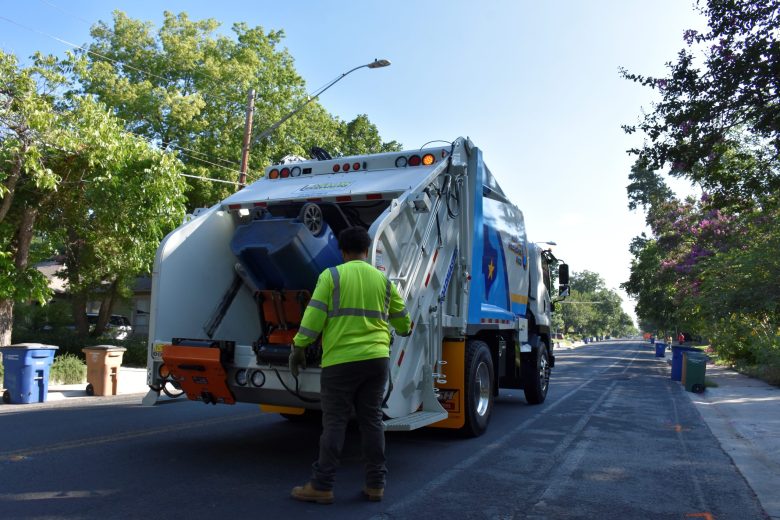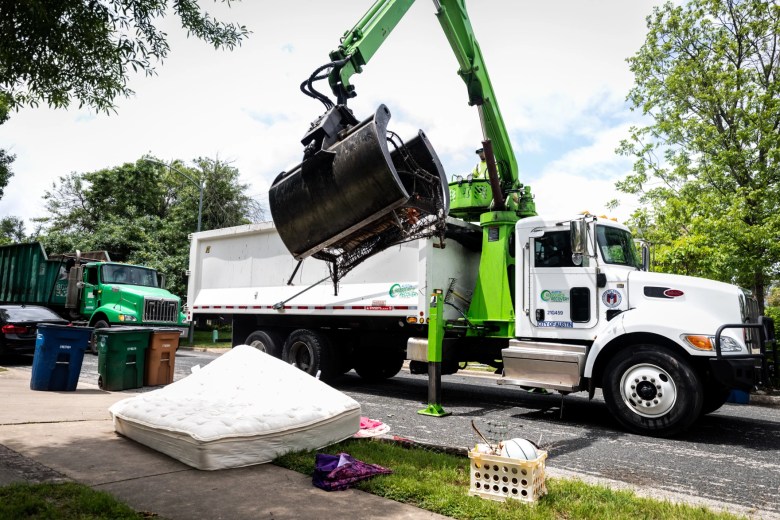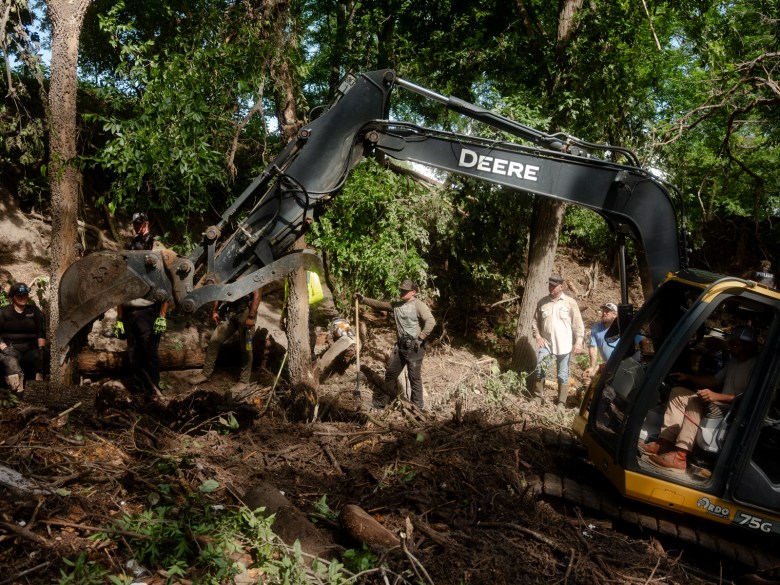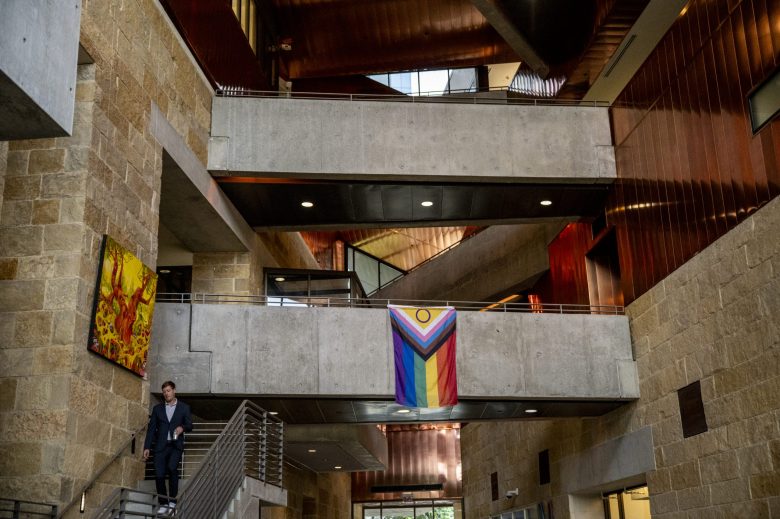A new task group has been established by the city of Austin and the Downtown Austin Alliance with the goal of lowering homelessness in the downtown area. The Downtown Homelessness Task Force was formally established on August 6 and will continue to meet until the end of the year to create plans for lowering the number of persons who become homeless and boosting effective exits into shelter, housing, or diversion programs.
Representatives from Travis County, the Texas Department of Criminal Justice, Central Health, Integral Care, several nonprofit organizations, local courts, and city departments are on the task force. By December, the objective is to have policy suggestions ready for the member groups to work on independently.
According to quarterly counts by the Downtown Austin Alliance (DAA), the number of homeless persons downtown has stayed constant at 400 to 500, even though the number of tents and encampments in the area dropped to less than 50 in an April census from almost 500 in mid-202.
According to Bill Brice, senior vice president of investor relations at DAA, the number of people without shelter has increased by 26% since January, according to the July count. He pointed out that outreach workers regularly run with strangers and people who say they’re coming from jails, hospitals, or other places with no support system.
In downtown and, for sure, throughout the city, we would like to see fewer individuals living without shelter. However, he acknowledged that we are at a critical juncture where federal support for housing and assistance for the homeless would surely decline.
He stated that either we need to have more early intervention or we need to stop people from ever being homeless.
According to David Gray, head of the city’s Homeless Strategy Office, the endeavor draws inspiration from earlier neighborhood-focused projects in the area of Rundberg Lane, Oltorf, and East Seventh Street. But because of the close proximity of courts, hospitals, shelters, and the city’s main transit center, he pointed out that downtown presents a special issue.
“When you look at all of the resources and entities that operate downtown, we’ve been able to achieve a lot of success in driving down the number of tents and structures,” he said. “There are a lot of services downtown, not just our shelters and our community partners, but our major hospitals and our major bus transit station are downtown.” However, we haven’t observed a consistent decrease in the number of persons living in unsheltered homelessness like we have in areas where we have conducted more specialized work.
In order to address the underlying reasons of homelessness in the downtown region, Gray pointed out that the initiative aims to unite outreach teams, housing specialists, mental health practitioners, and stakeholders in the justice system. According to him, the task force plans to remove redundant programs and align efforts rather than replace current ones like the Homeless Outreach Street Team (HOST) or the HEART initiative, which is led by Urban Alchemy.
According to Brice, DAA seeks both long-term solutions to homelessness and to maintain downtown’s safety. According to him, the DAA has dedicated substantial manpower and financial resources to cooperative tactics because it understands that enforcement by itself is not a workable option.
He made the case that earlier interventions in the criminal justice, health, and social service systems could lower long-term demand for expensive services by highlighting the high costs and scarcity of permanent supportive housing.
Gray also talked on the drawbacks of temporary solutions. Although he admitted that every successful shelter or home placement is a victory, he stated that the task force’s goal is to create long-lasting systemic change rather than merely superficial fixes. He went on to say that his office will be able to react to more service requests and interact with partner agencies more proactively thanks to funding for 12 additional outreach roles included in the city’s recently approved budget.
It is not anticipated that the group’s suggestions will have an immediate effect on fresh financing or the tax rate election this fall. According to Brice, municipal budgets would be under more strain and the demand for private-sector involvement will increase as government support for homelessness is predicted to decrease.
Community donations enable the work of the Austin Monitors. Even though we occasionally publish on funders, we take pains to ensure transparency by keeping editorial and business activities apart. Our code of ethics is described here, and a full list of donors can be seen here.
You’re a community leader
And we are thrilled that you trust us with important, in-depth news. You are aware that local and committed watchdog reporting is essential to a healthy community. We will always be here to support you. Will you now support our nonprofit news organization and take the bold next step?








